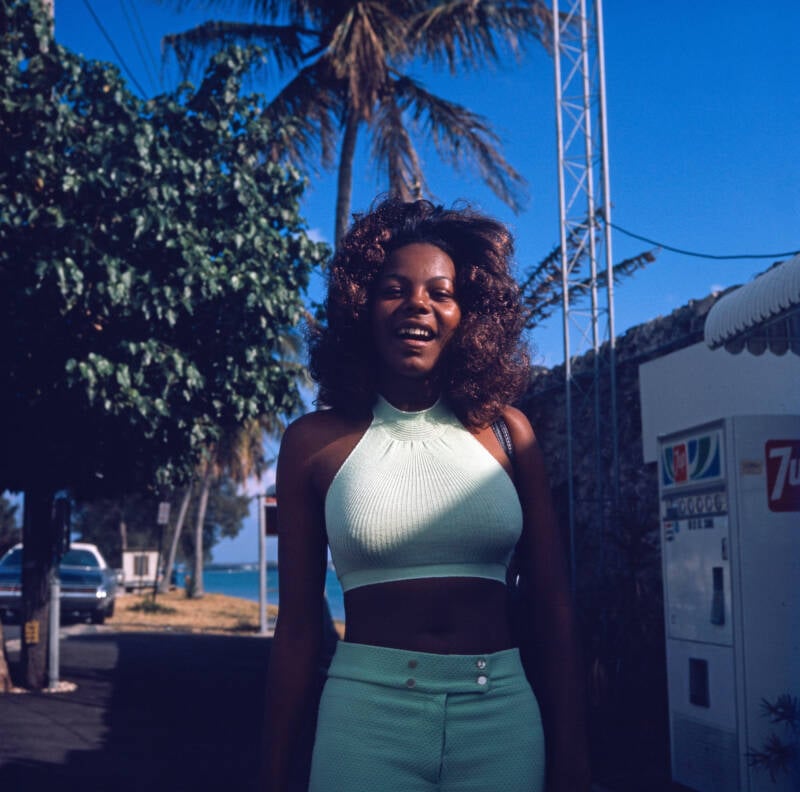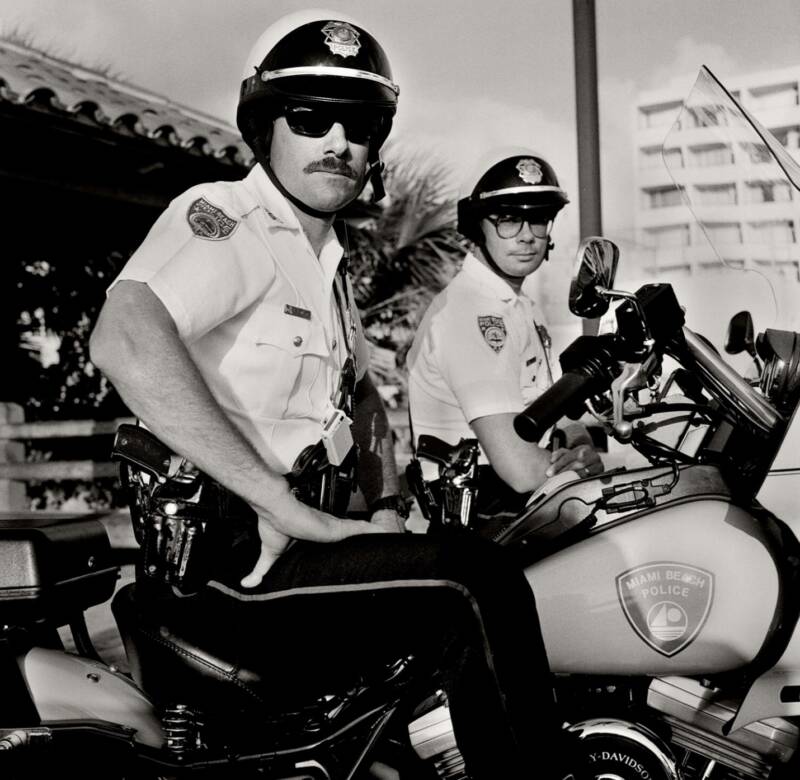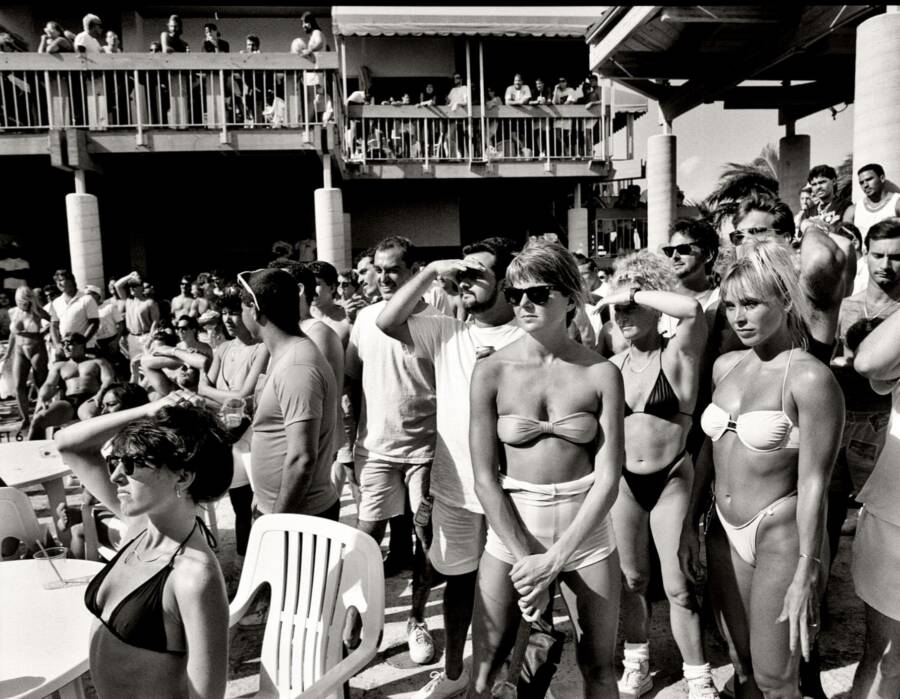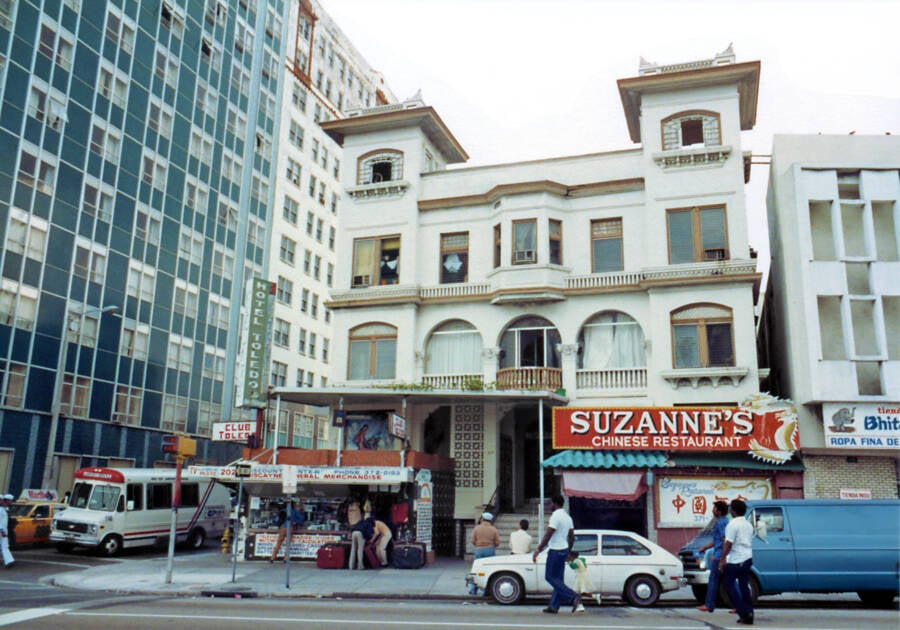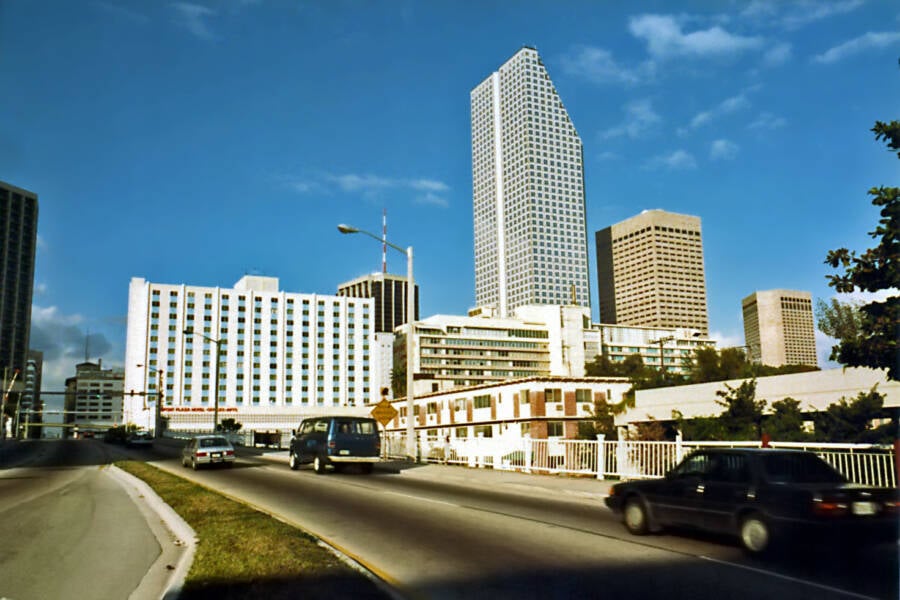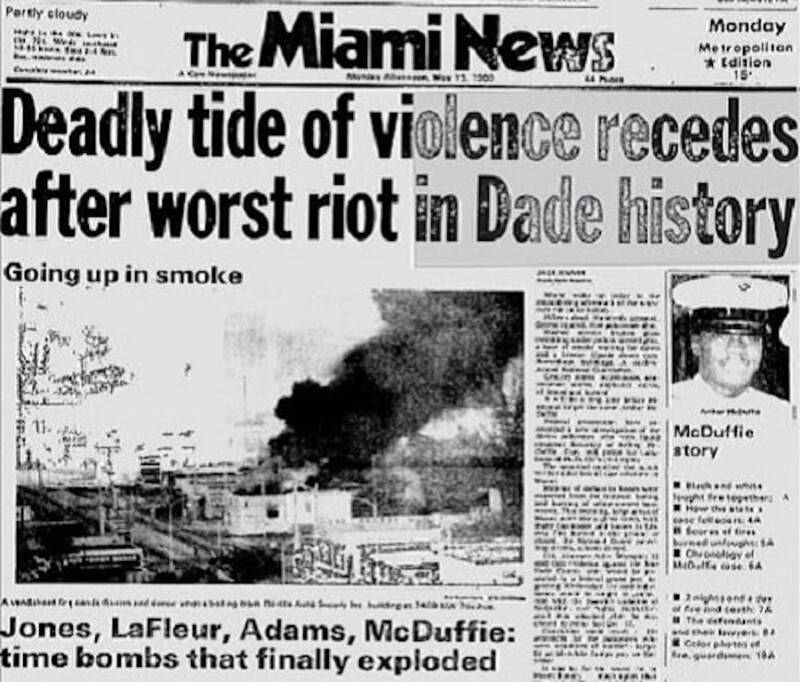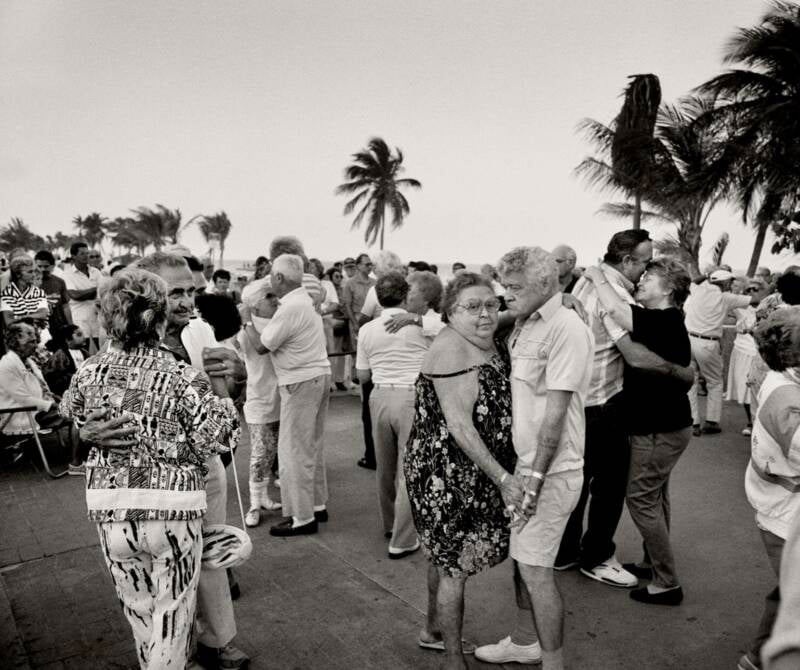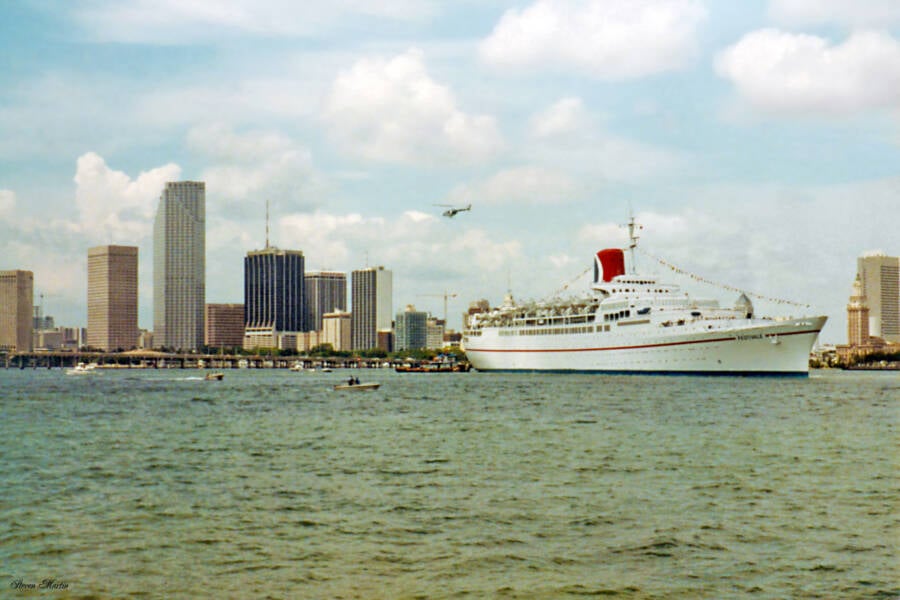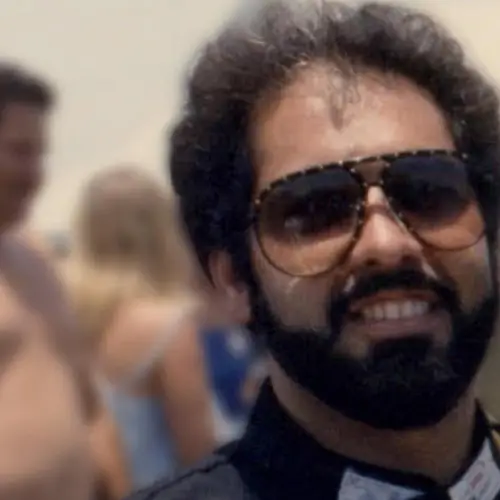Explore the "dangerous paradise" of South Florida.
In the 1950s and 1960s, Miami, Florida was a popular tourist destination teeming with life. But by the 1970s, much of the Miami Beach area was in decline, especially its iconic Art Deco buildings, and infrastructure issues were widespread. It almost seemed as if Miami’s heyday was over — until the 1980s, when new life was breathed into the city, bringing with it an explosion of culture and also a heightened level of danger.
1980s Miami saw a major influx of Cuban immigrants after the Mariel Boatlift, infusing the city with vibrant music, cuisine, and traditions. At the same time, real estate was booming, and the rising popularity of Latin music and TV shows like Miami Vice brought thousands of people back into the city. However, among all of the glamour, “Vice City” had a dark underbelly. 1980s Miami became a major hub for the cocaine trade, and while that certainly brought a lot of money into the city, it also brought in a lot of violence.
Shootouts and turf wars between drug lords and gangs became increasingly common, and the city’s police regularly found themselves up against the “cocaine cowboys” who ran the city. The 1980s truly were a sort of “Wild West” for the city of Miami, for all the good — and bad — that title carries.
How The "Cocaine Cowboys" Changed Miami
Miami had always been a complicated city. At face value, it is something akin to a paradise, with lush palm trees, sprawling beaches, and the cool blue of the Atlantic. But it was also a home to many bootleggers and mobsters during Prohibition, and then, later, anti-Castro bombers.
However, the city still largely kept up a pretense of safety, and there was no open warfare happening on the streets. But as the 1970s came to a close, that began to change. Dance clubs started to become wildly popular in the city, and with that newfound popularity came increased demand for a drug that could keep the party going into the early morning hours: cocaine. Cocaine dealing was a lucrative business with a seemingly endless demand, but the people selling it weren't exactly keen on sharing the market.
The first cracks started to appear on July 11, 1979, when cocaine kingpin German Jimenez Panesso and his bodyguard, Juan Carlos Hernandez, were gunned down in a liquor store in broad daylight. The chaotic scene was likened to a Wild West shootout, leading to the term "cocaine cowboys," which described the drug traffickers who brought violence to Miami.
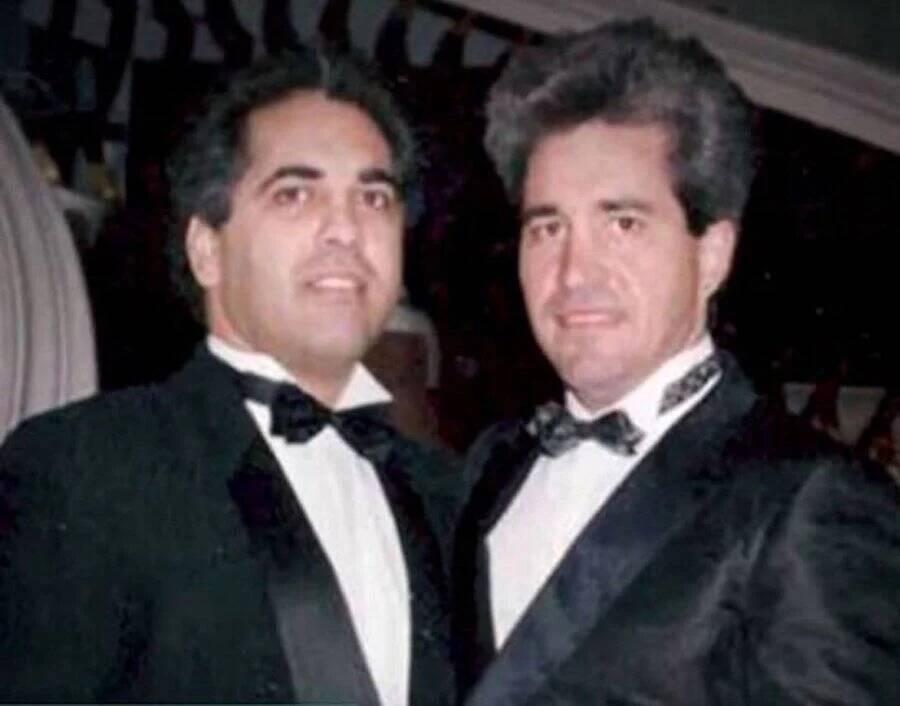
TwitterWilly Falcon and Sal Magluta were two of the best-known drug kingpins (and cocaine cowboys) in 1980s Miami, bringing 75 tons of cocaine into the United States and amassing over $2 billion.
Before long, the "cowboys" were all over Miami, bringing tons of cocaine into the city and racking up victims in the streets. The police, who were supposed to keep the gangsters under control, were so corrupt that many stations were short-staffed because members of the force kept getting indicted, according to Reason. As for the few honest cops, they often found themselves facing drug traffickers who had far superior weapons.
Amidst the quickly developing chaos, many new Cuban refugees began to pour into the city. The Mariel Boatlift of 1980 alone saw 125,000 new immigrants enter Miami to escape the Castro regime. Between a corrupt police department, a proliferation of drugs and gangsters, and a sudden, dramatic increase in population, Miami was experiencing its wildest period to date, and that only continued throughout the rest of the decade.
Refugees And Riots Left A Mark On 1980s Miami
With thousands of Cuban refugees suddenly entering Miami, it's no wonder that the city was forever changed. The refugees, naturally, brought their culture with them, and in many ways, that was a positive influence. Miami's music and food scenes, for example, greatly benefitted from the new Latin restaurants and venues. With the addition of other groups of people that found a new home in Miami — Haitians, Nicaraguans, and Colombians, to name a few — Miami became a more culturally rich and dynamic place.
But having a huge number of people suddenly moving in also caused serious tension. The process was anything but smooth, and the media and the general public alike began associating ordinary refugees with the criminals bringing drugs and violence to the city. Of course, drugs and gangs had been there before the refugees arrived, but it was easy for many to pin the blame on the massive wave of immigrants coming into Miami, and not the corrupt police department who enabled the gangs in the first place.
But this isn't to say that everyone in the city agreed with the police's actions. In fact, an infamous case of police brutality in the city led to the 1980 Miami riots, which threatened to tear the city apart at the seams.
The case focused on an incident that occurred on December 17, 1979, when a 33-year-old Black insurance salesman and ex-Marine named Arthur McDuffie raised his middle finger to a cop, then sped off on his motorcycle with 15 officers in pursuit. At 1:59 a.m., he stopped at a street corner. Just minutes later, an ambulance arrived to take him to the hospital, where he received 11 pints in blood transfusions, which failed to save his life.
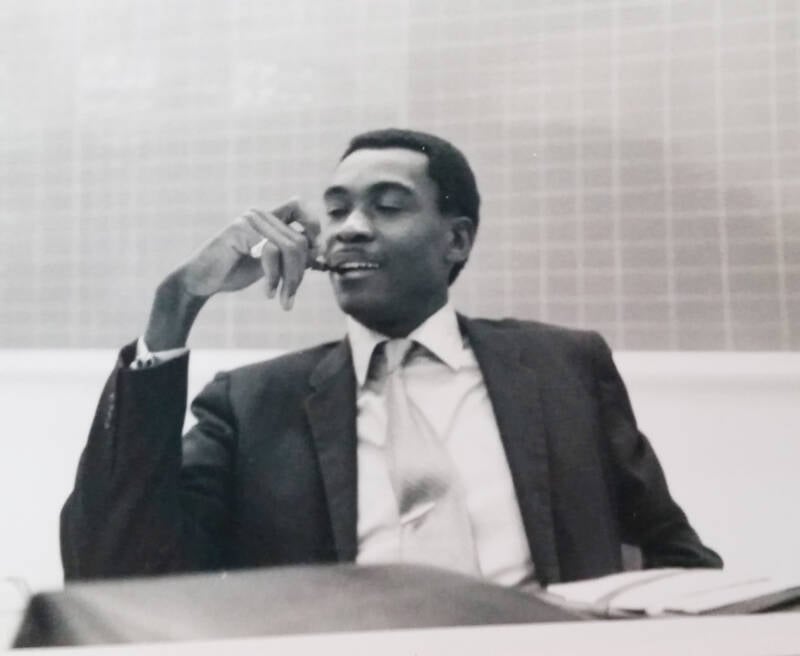
Public DomainArthur McDuffie, the insurance salesman who was beaten to death by Miami police officers in December 1979.
Some of the officers would later say he attacked them first — but one man against 15 is hardly a fair fight, and many argued that McDuffie could have easily been apprehended and handcuffed instead of being brutally beaten. To make matters worse, one of the officers involved in the beating had also recently gotten in trouble for fracturing the skull of a Black driver who ran a red light, and dragging a different Black driver out of her car by her feet.
Despite this, that officer and all the others who were arrested in connection with McDuffie's death were acquitted of all charges levied against them in May 1980. Mere minutes after the news broke, furious locals began rioting in the streets. The riots lasted three days, during which 18 people died and roughly $100 million in damages were done to the city.
All of this together formed the backdrop of Miami in the 1980s, casting a dark shadow over the bright, sunny city in South Florida. While the new skyscrapers that lined Miami's skyline and a thriving tourism scene painted an image of wealth and luxury, the city's seedy underbelly, corrupt police department, and prolific violence told a very different story.
After learning about 1980s Miami, see our collection of photos from 1980s New York. Then, check out our vintage photos from Las Vegas' golden age.
